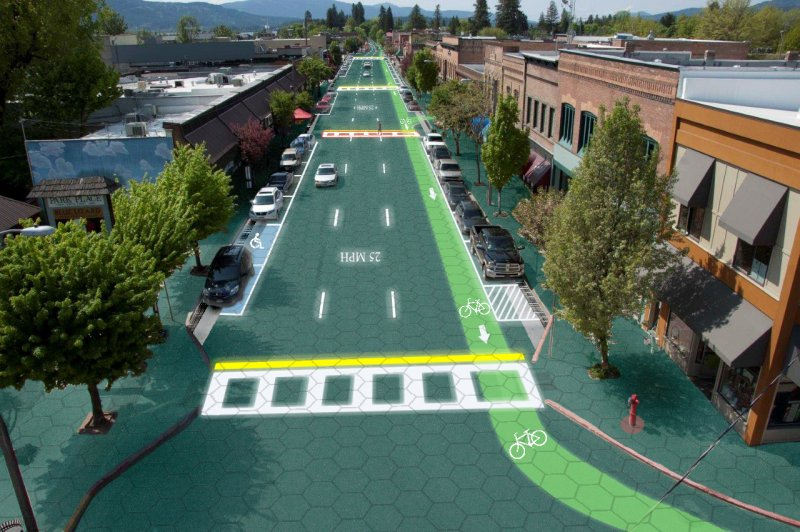Solar is a prime source of energy if we want to make the world and our practices more sustainable. There are many ways solar energy can be incorporated into our daily lives, one aspect of which is turning our road into something that’s more useful by way of solar panels.
Over the last couple of years, solar roadways have been the topic of debate. These are roads which, instead of pavement and tarmac, are lined with solar panels. The main goal of solar roadways is to generate energy through those panels. A simple concept it may be but people are not entirely sure whether it’s ideal to do so.
Pros Of Solar Roadways
The utmost benefit of solar roadways is that they can generate green energy. The roads themselves are very high-tech already but it’s a marvel that people can contribute to sustainable energy simply by making the roads we move on a part of the system itself.
Solar roadways are also a good means to keep cars safe because of the light they can emit. Being able to prevent accidents through a cost-efficient system is a welcome approach.
Another upside is that the roads themselves can be outfitted with other features. Since it creates energy, it can be used to power security systems, safety measures, and other useful features that would make a regular road more functional and practical.
These are just some of the current benefits of solar roadways. The potential it holds is certainly massive once it gets the necessary upgrades. The video below by Compare The Market car insurance shows how solar roads could be implemented and how to distinguish solar roads from regular tarmac.
Cons Of Solar Roadways
Sadly, solar roadways suffer from the same problem as solar panels for homes do: a high price for materials and installation. Although solar panels have become significantly cheaper already, raising enough funds to cover kilometres’ worth of roads is going to take a lot of investing. Partner that with the fact that solar panels have to be maintained regularly and you have a utility that can be very costly to have. While experts argue that the payoff will be worth it, it’s not likely that governments will invest in a project that’s yet to fully prove its worth.
Last but not least, a downside to solar roadways is that they don’t only need a lot of money to install and maintain, they can also consume a lot of hours to build as well. So, we’re still pretty far off in having a majority of our roads lined with this.
If we want solar roadways, there’s a need to make the system less costly and easier to install. As long as it faces the same woes as current home solar panels, it won’t likely be fully adopted anytime soon. At least it’s safe to say that we are clearly up to a good start with the technology.























